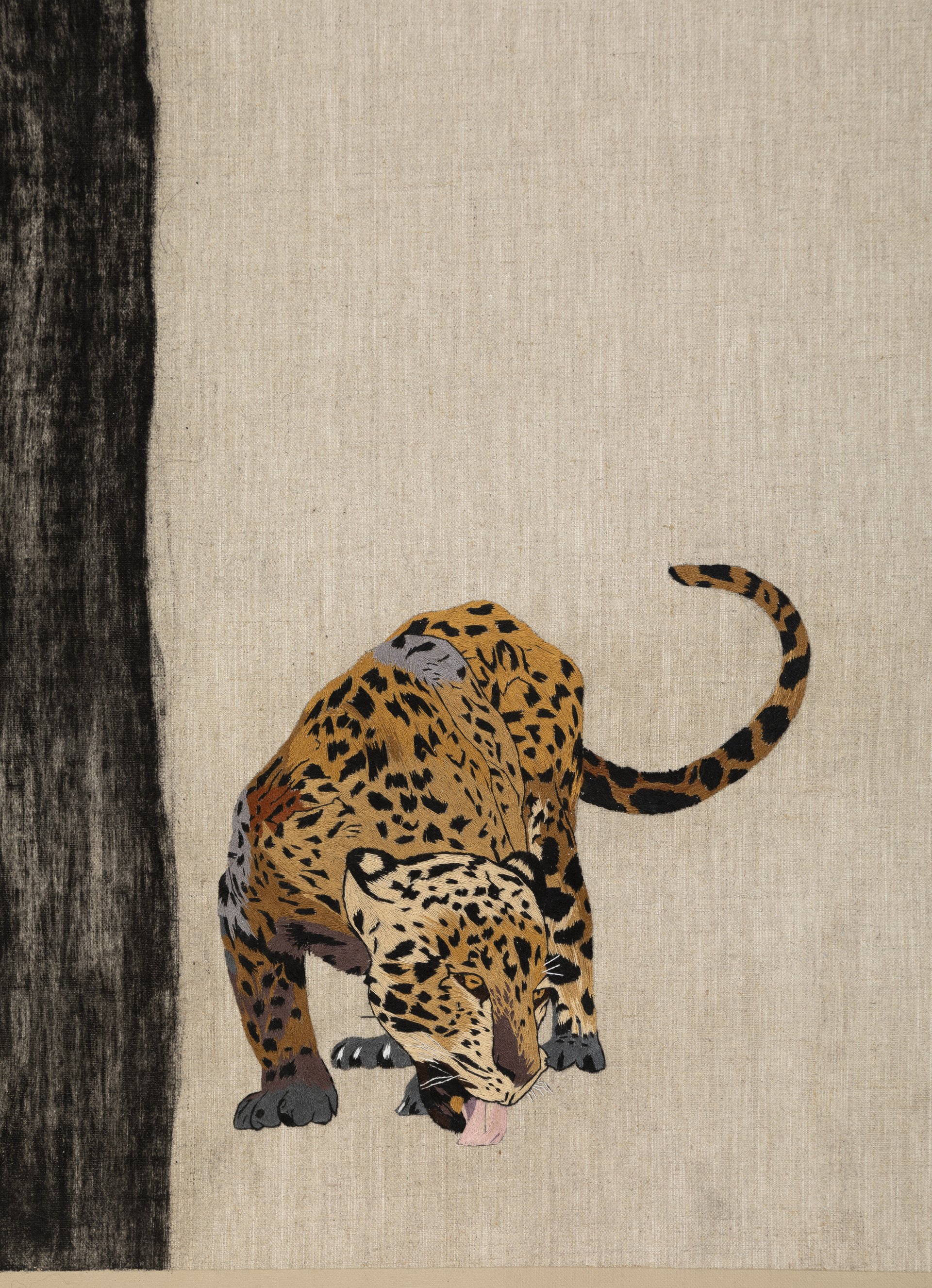Nohemí Pérez
B. 1962, Tibú, Norte de Santander, Colombia. Lives and works in Bogotá, Colombia.

The art practice of Nohemí Pérez is profoundly marked by her place of birth, the relationship between humans and nature, and the knowledge inherent to the territories that have become battlegrounds for preservation in the face of exploitation. Her monumental charcoal drawings stand as testaments to the resilience and fragility of nature. They are both a space for contemplation of the intelligence possessed by non-human beings and a call for an attentive turn to their ways of existence amid the climate crisis.
The artist began drawing trees – ceibas, sequoias, oaks – ancient giants, guardians. Trees that symbolise strength, unity and life. Utilising charcoal, a material directly connected to their life cycles, she depicts these trees, emphasising their immensity and the organisms' complexity. Nohemí Pérez was inspired by the work of botanists such as Stefano Mancuso, renowned for his research on plant intelligence. She was fascinated by the trees' ability to perceive the world around them and respond to it, doing so also through symbiosis with bacteria and fungi, their capacity to learn and remember, and their ability to communicate with each other as well as the animals that take refuge in their crowns, within their roots, feeding on their leaves. The artist delicately embroidered the animals in bright colours, placing them between the branches and alongside the trunks.
There is knowledge to be found in their ways of existence – knowledge that is becoming lost with territories like the one in Colombia to which Nohemí Pérez most directly refers. These lands are being exploited by incessant extraction of natural resources, geopolitical battles where state borders slice through the land and the spread of organised crime. While anchored in Colombia and aware of the consequences of centuries-old colonial processes as well as their contemporary forms, the artist's call and concern are global and urgent.

